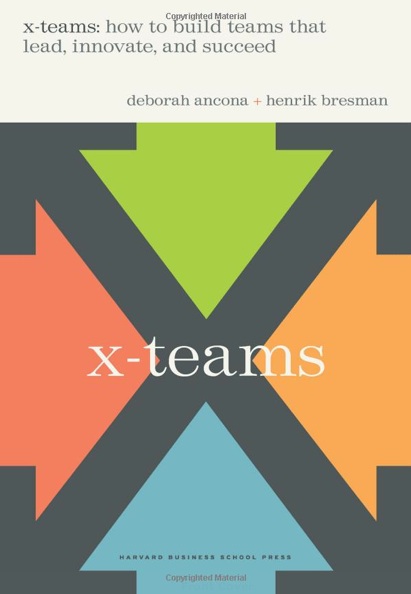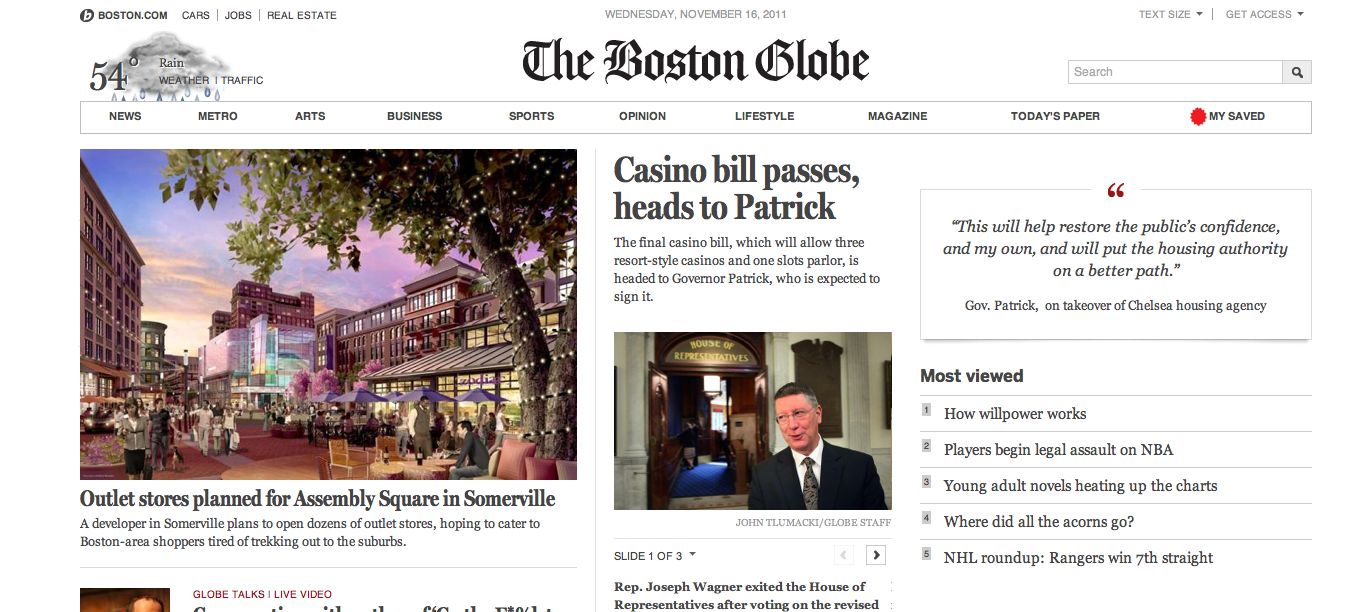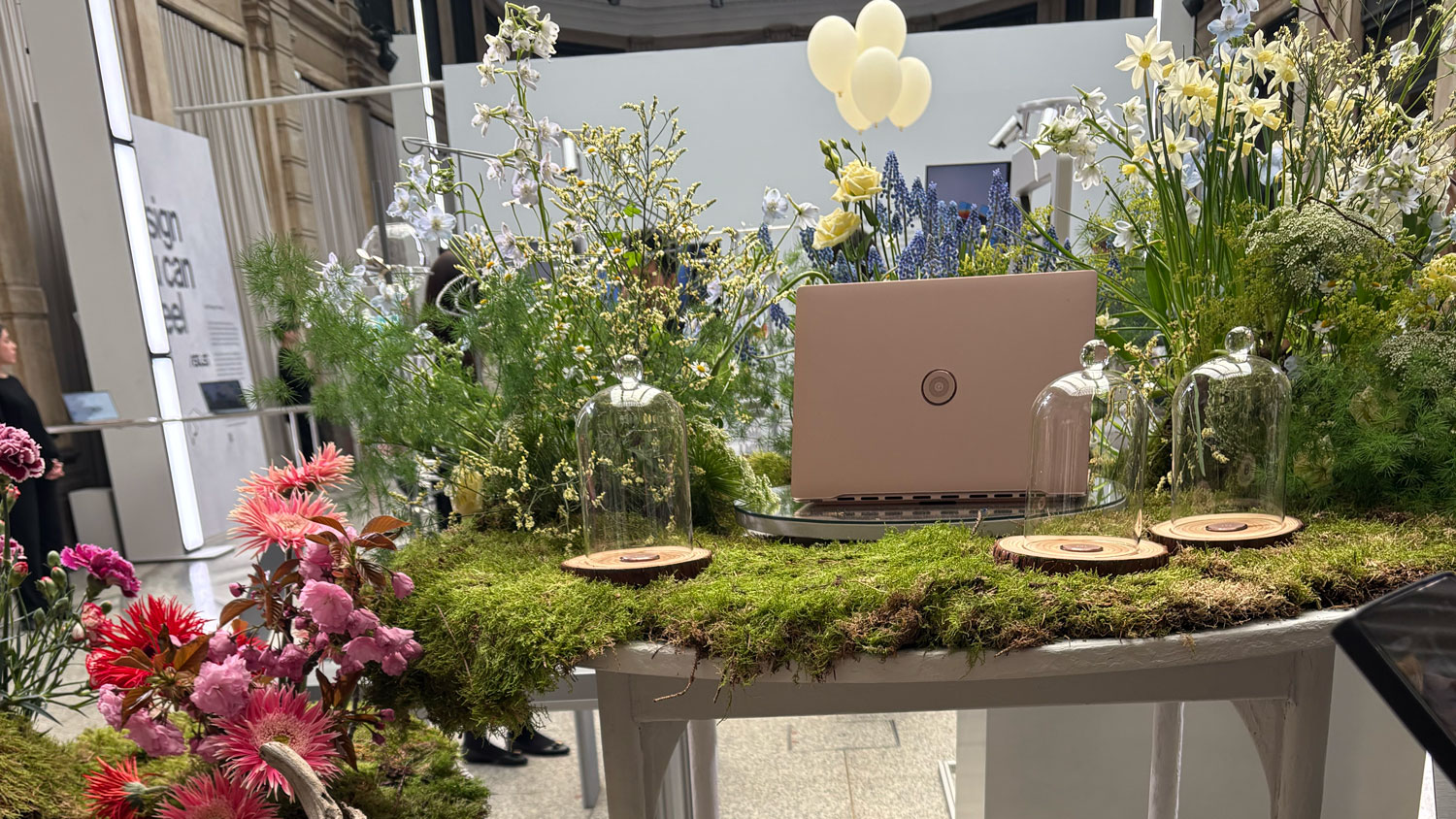The evolution of client services
Carl Smith, founding member of nGen Works, argues that the current model of client services is dead and explains how it's evolving
The current model of client services is dying because it's terribly flawed. This doesn't mean the concept of client services will go away, just the lack of trust and fear built into the system.
As a business owner operating within the current model you have to worry about budgets, timelines, backlogs, slowdowns and resources. Most projects start with a ritual – a contract that details potential negative events and outcomes and, as a result, establishes a lack of trust between the parties involved. Most projects end when the budget depletes and the need for help still exists; even worse, it continues when the budget is gone and guilt or fear propels the strained relationship.
Forget about the client and the agency in this model for a second. What about the poor team trying to kick some ass? They get a list of things to do, when to do them and how long they can spend on each item. Then members of the team lie to keep the boss happy and spend twice the allotted time because they want to create something special. Or they crank something out and die a little inside while slowly eroding the company’s value.
"But wait!" says the hipster creative shop, "We have a Ping-Pong table and you can drink beer at work." No shit. You better have a damned good physical environment because the psychological one sucks.
Shared goals

Should agencies become the product owners in the new "creator economy" to alleviate this problem? Sort of. But truly creative people want variety and ongoing challenges. They can only go so long in one direction before they have to cleanse their palettes. They have to see ongoing progress as they define it and they thrive on completion. Most also want to be attached to a creative team with other talents and experiences so they can cross-pollinate ideas. In time, most will shift to new challenges to keep their creative minds engaged. This is why maintenance is a dirty word. Being attached to one product, even if it is your baby, becomes painful when others start dictating changes.
We need to stop thinking about the client, agency and "employees" as separate entities. Instead we need to think about people who have shared goals regardless of where they fit into a relationship. By establishing value between different groups and watching them rise to the occasion, teams will create something amazing because they want to. It's time to build communities not companies.
Leaders of any team, be it owners of a business or subject matter experts, will become community managers, coaches and teachers instead of bosses, dictators and gurus. Teams will form to accomplish goals and they will separate when those goals are met. New team members who are excited about their roles in the project will breathe fresh energy into the project and those around them.
Concepts such as shared working spaces start to fall apart as you play out the need for teams to evolve throughout the life of a project. While tools such as video chats, project management systems and email help keep us connected, they aren't enough. We still need to see each other. We need to have collective experiences where we are physically together. This allows us to stay connected and create a genuine appreciation for the other members of the team as individuals. We have to know there is someone else also working toward our common goal. Someone we don’t want to let down. Depending on the team and the project, the length and frequency of these meetings may vary. But we are social creatures and we care about those we meet.
It’s easy to shoot holes in this view of the future, but it’s already happening. For example, one of the most celebrated projects of the year came together in this way out of necessity.
Team players

The Boston Globe set in motion a chain of events to show that newspapers do indeed "get" the web and can thrive in a multi-device world. They hired Upstatement to start designing their vision and research the best approach to deliver it. The Globe later approached Filament about joining the team as the development partner. Filament reached out to Ethan Marcotte, knowing that responsive design was the perfect fit for this project. The Globe’s internal team contributed along the way. All the entities combined to make something special together, something none of them could have made separately. They shared in the vision and the struggles. They also shared in the rewards. Each company promoted the final product and celebrated the critical roles the other team members played.
According to Ethan Marcotte, “There was a high-enough level of overlap between myself/Filament/The Globe/Upstatement to bring those disparate interests to the same table day after day. We were all fired up about different challenges about working responsively – thinking about art direction, code, content, or what-have-you – that really helped us collaborate.”
This evolution of teams working together extends beyond any one model or industry. The concept of "X-teams," as defined below by Deborah Ancona and Henrik Bresman, shows that independent teams working together is critical to making breakthrough innovations the norm.
X-teams
"An X-team combines and integrates high levels of external activity with extreme execution inside the team, hence the name. While most teams engage in some degree of external activity, X-teams view such activity as central to their mission, their mindset, and their modus operandi. 'Going outside' is a top priority from the day the team comes together."
Ancona and Bresman explain the importance of engaging external individuals and teams in order to be truly innovative. By "going outside" the team looks at every new challenge with a fresh mindset and new voices at the table. This breaks established patterns and pre-conceived notions a team may develop when it is isolated.
For many this evolution won't be easy. Success in the evolving world of client service begins with those who were previously “in charge.” Where we once assigned work to a qualified resource, we must now assemble teams based on passion, knowledge and talent. Instead of focusing solely on financial reward, we must now strike a balance of compensation that combines positive challenges, energy, accomplishment, recognition, friendships and lifestyle. Exploration and collaboration become mandatory. We must shift our mindsets from an outdated concept of selling skills to one of managing dreams and aspirations that often go far beyond the task at hand.
Get the Creative Bloq Newsletter
Daily design news, reviews, how-tos and more, as picked by the editors.

Thank you for reading 5 articles this month* Join now for unlimited access
Enjoy your first month for just £1 / $1 / €1
*Read 5 free articles per month without a subscription

Join now for unlimited access
Try first month for just £1 / $1 / €1
The Creative Bloq team is made up of a group of design fans, and has changed and evolved since Creative Bloq began back in 2012. The current website team consists of eight full-time members of staff: Editor Georgia Coggan, Deputy Editor Rosie Hilder, Ecommerce Editor Beren Neale, Senior News Editor Daniel Piper, Editor, Digital Art and 3D Ian Dean, Tech Reviews Editor Erlingur Einarsson, Ecommerce Writer Beth Nicholls and Staff Writer Natalie Fear, as well as a roster of freelancers from around the world. The ImagineFX magazine team also pitch in, ensuring that content from leading digital art publication ImagineFX is represented on Creative Bloq.
